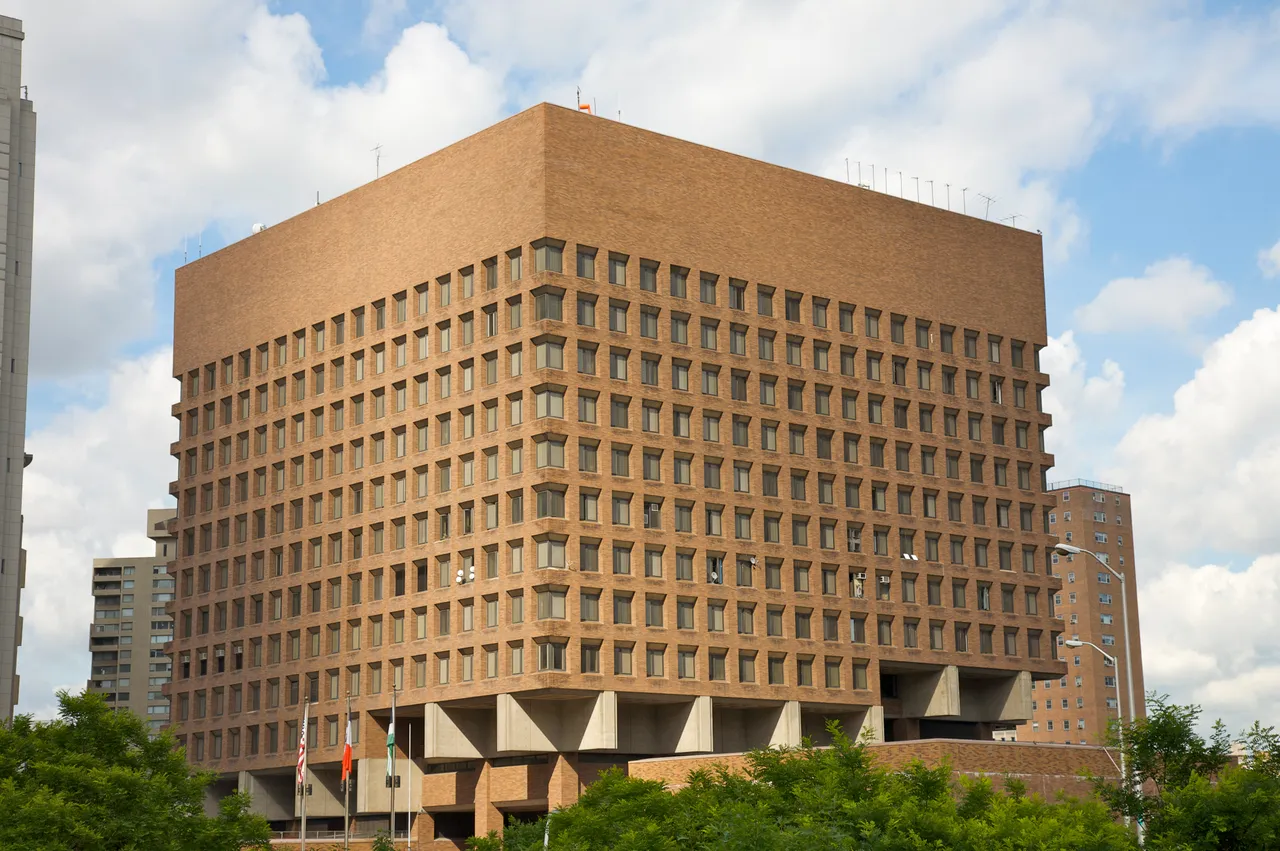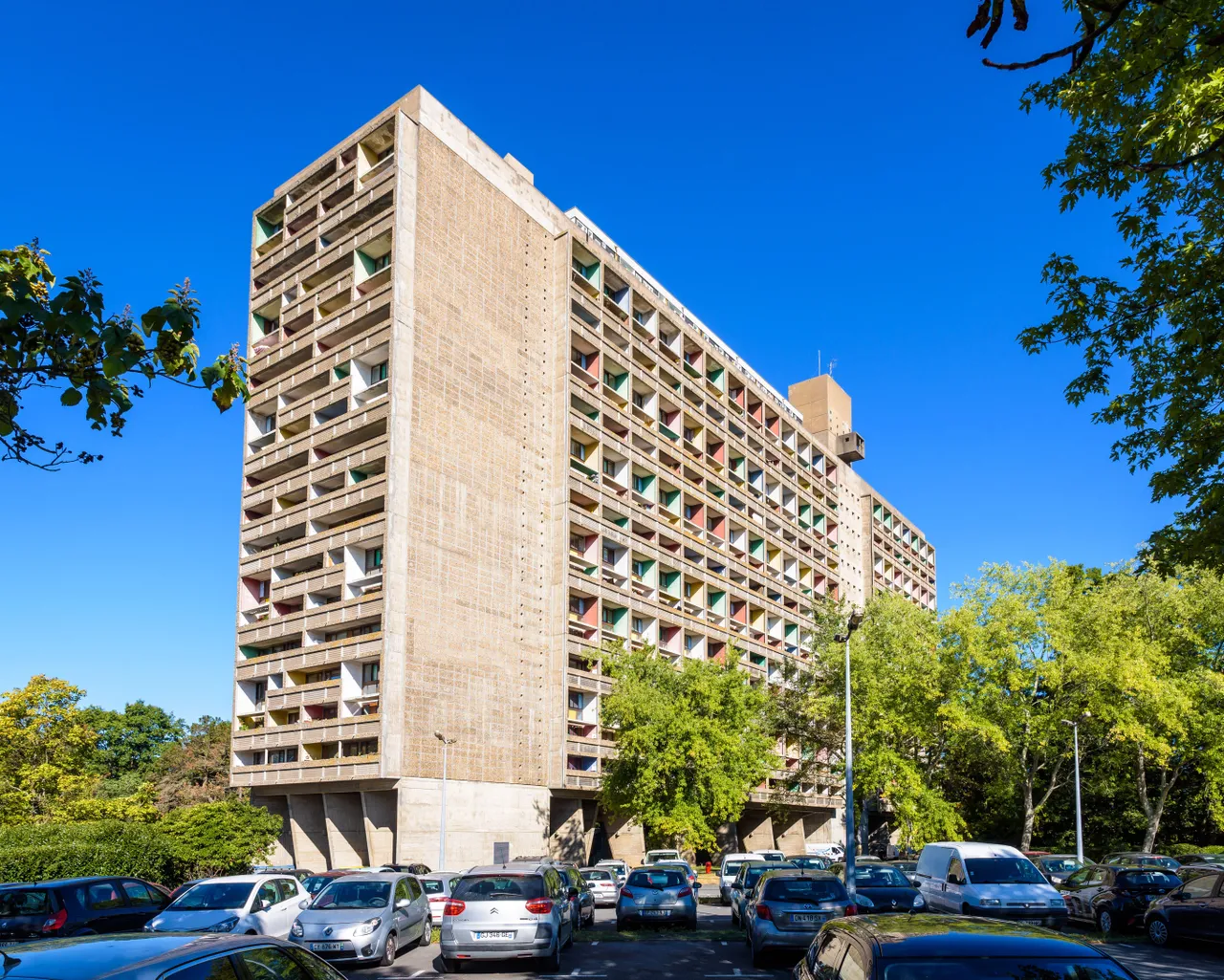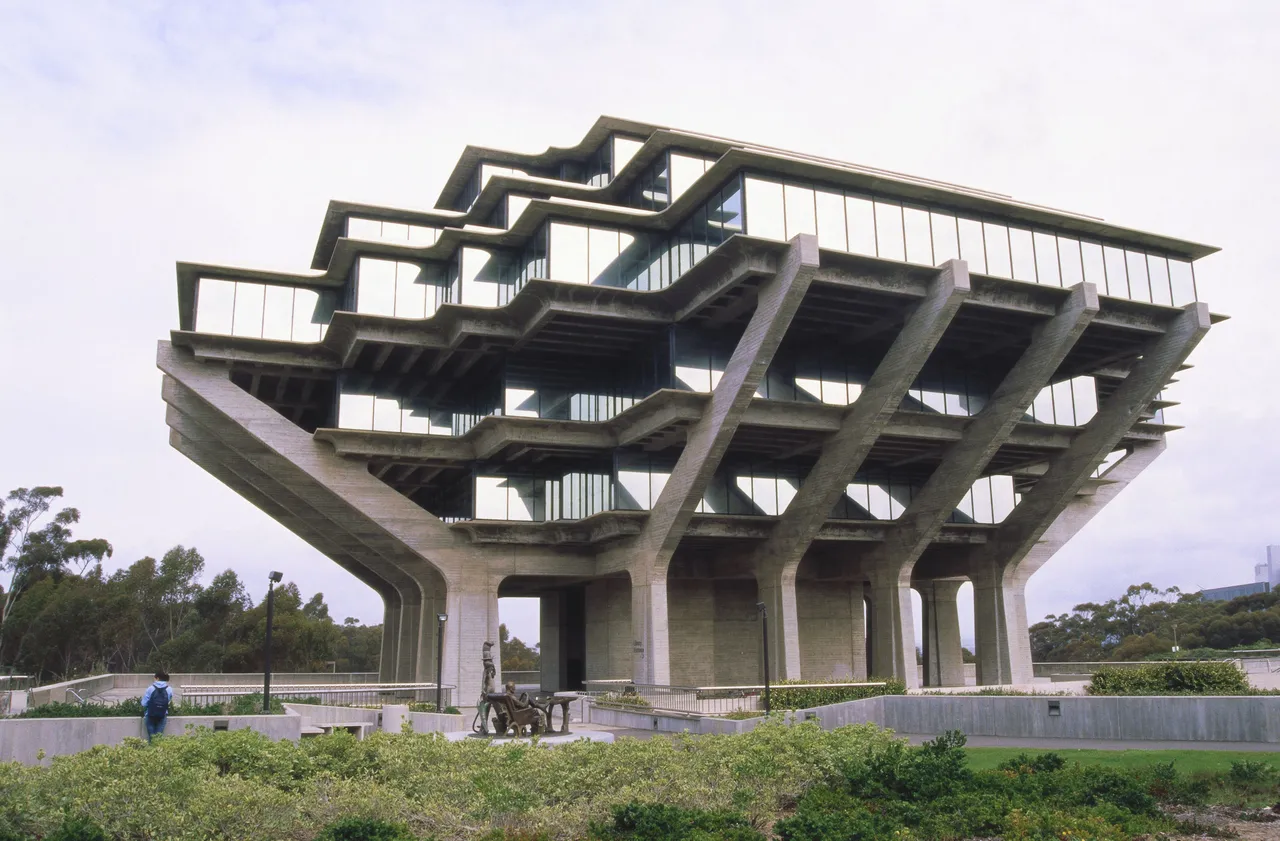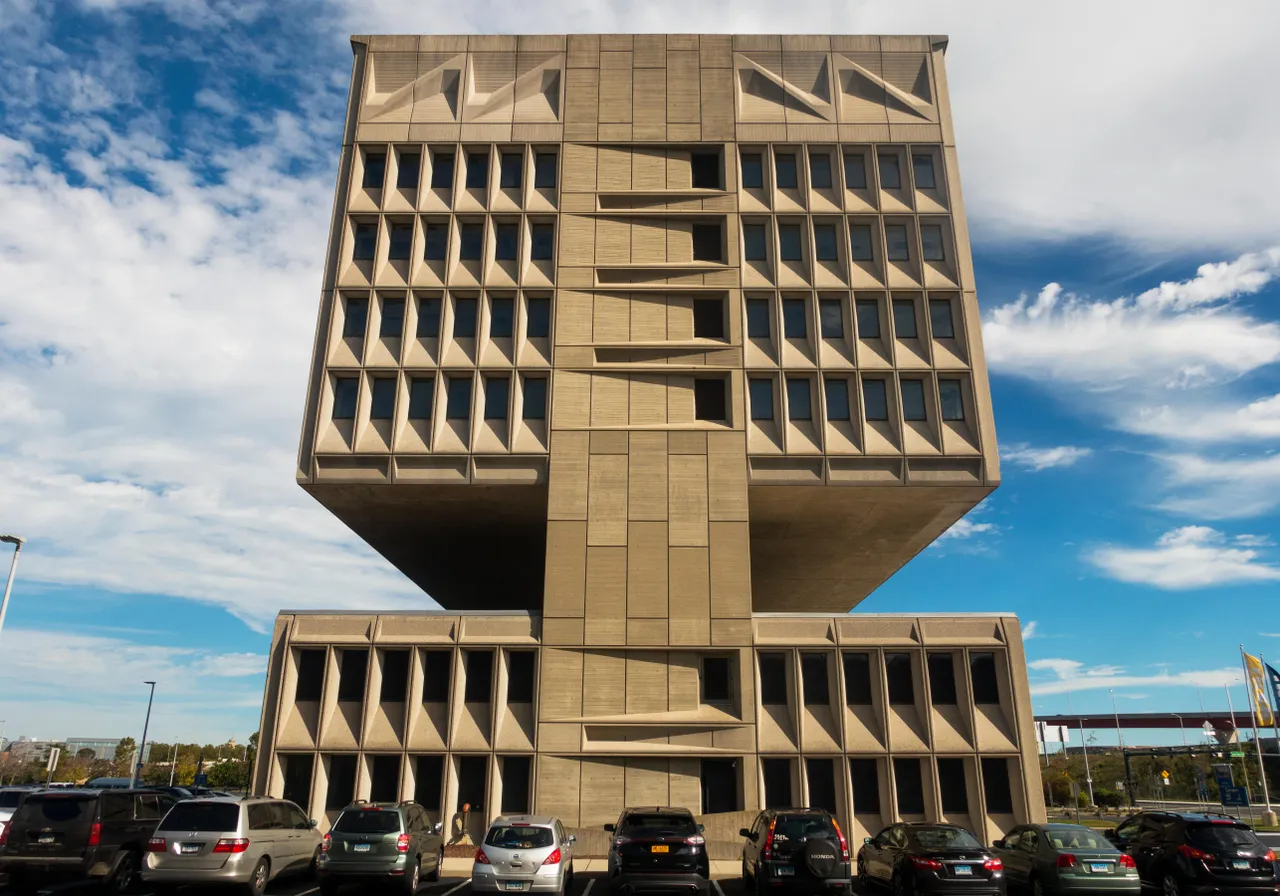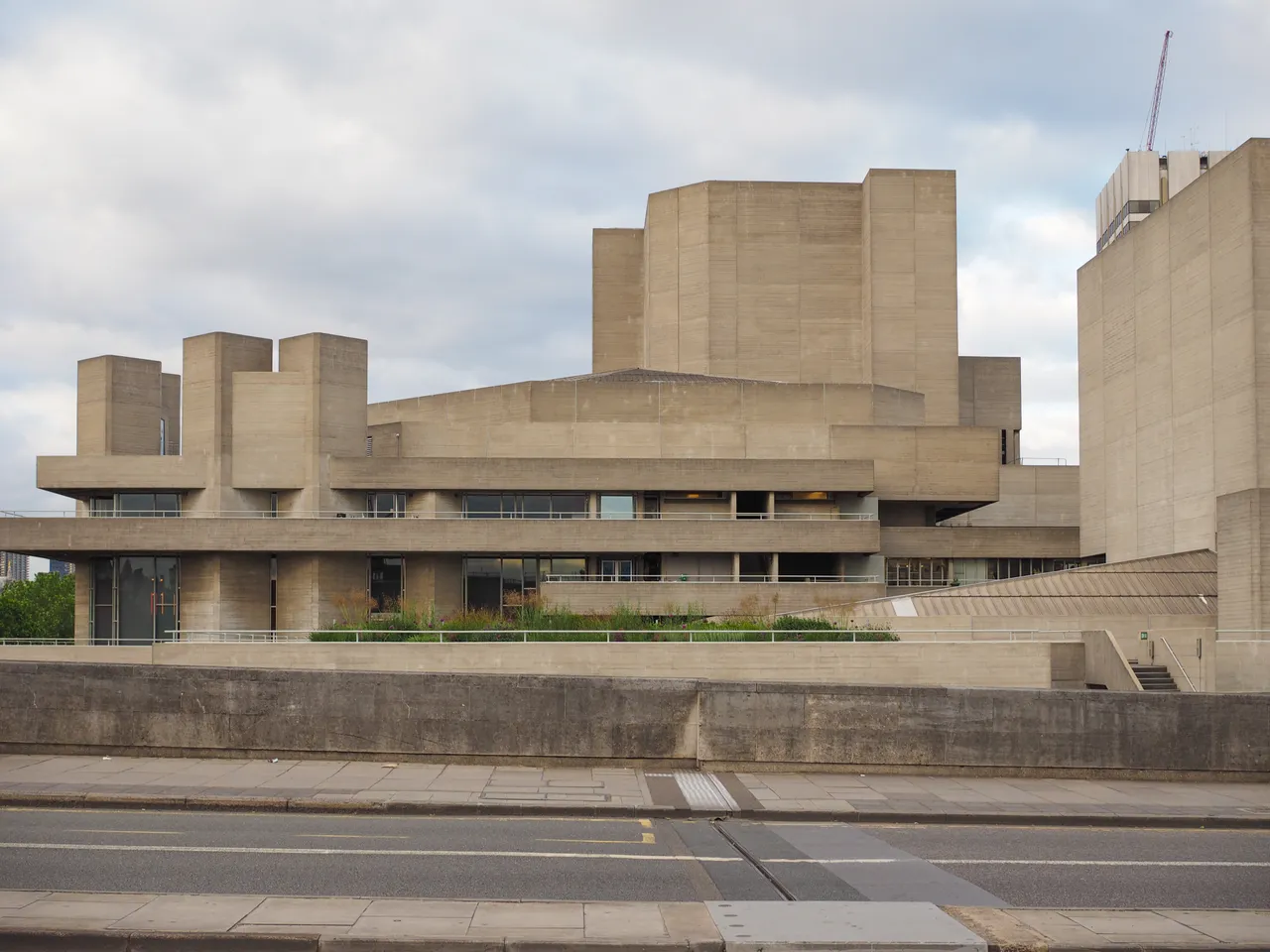Brutalist Architecture - What You Should Know
Brutalist architecture, characterized by its raw concrete facades, bold geometric forms, and functional aesthetics, emerged in the mid-20th century as a radical departure from the architectural norms of its time.
Author:George EvansJul 17, 202329.7K Shares401.6K Views
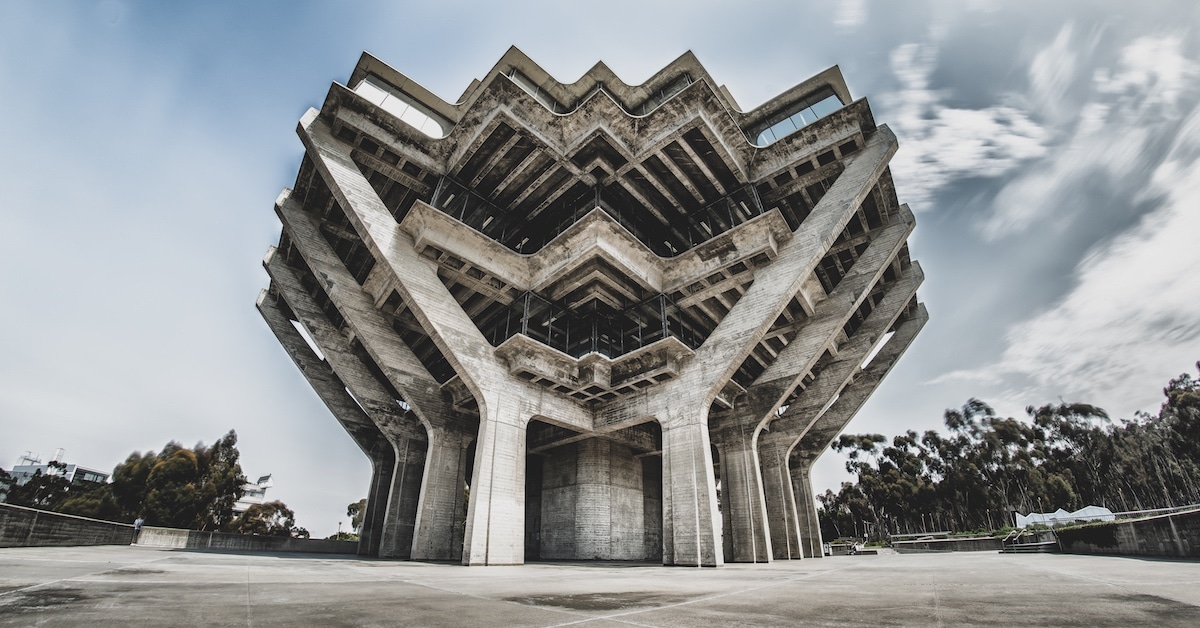
Brutalist architecture, characterized by its raw concrete facades, bold geometric forms, and functional aesthetics, emerged in the mid-20th century as a radical departure from the architectural norms of its time.
Despite its divisive nature and often polarizing public reception, Brutalismhas left an indelible mark on the urban landscape, contributing to the evolution of architectural discourse and challenging conventional ideas of beauty and functionality.
What Is Brutalist Architecture?
Brutalist architecture is a form of architectural design that emerged in the 1950s in the United Kingdom in the aftermath of World War II. The aesthetic evolved during the post-war reconstruction period, with an emphasis on construction and raw materials.
The term "Brutalism" originated from the French phrase béton brut, meaning "raw concrete," which perfectly encapsulates the movement's core material and aesthetic. The style emerged in the post-war period, as architects sought to rebuild cities and create public spaces that embodied the ideals of a new era.
Le Corbusier, one of the pioneers of modern architecture, significantly influenced Brutalism with his vision of architecture as "the masterly, correct, and magnificent play of masses brought together in light." His iconic Unité d'Habitation in Marseille (1952) serves as a prime example of early Brutalist design.
“„If modernism is about architecture being honest, brutalist design is about architecture being brutally honest. Forms are as simple as can be and materials are stripped to be as bare and raw as possible.- Geddes Ulinskas, principal of Geddes Ulinskas Architects
Why Is It Called Brutalism?
The name brutalism is sometimes traced to the French phrase 'beton brut,' which means raw concrete. Many attribute the name to Swedish architect Hans Asplund, who used it to describe Villa Göth, a brick residential structure, in 1949.
However, the term was popularized by British architectural critic Reyner Banham, who produced an essay for Architectural Review in 1955 titled "The New Brutalism," in which he sought to categorize and characterize the developing style. Later that year, in 1969, he published New Brutalism: Ethic or Aesthetic?
“„Over time, the term brutalism became associated with the movement as a whole.- Bittoni
British architects Alison and Peter Smithson can also be credited with the widespread use of the name.
“„During the 1950s, they began to use the term to describe their approach to modernism which rejected nostalgia for earlier architectural styles and tendencies to embellish structure.- Bittoni
History Of Brutalist Architecture
Following the end of World War II, brutalism evolved, first in the United Kingdom and Europe and then expanding to other areas of the world. There were several overlapping events and ideologies at the period that led to the birth of brutalist buildings.
Following the modernist trend of the time, architects faced a new set of obstacles, primarily restricted resources, while designing in the post-war era. Furthermore, young architects, in particular, saw modernism as nothing more than an aesthetic language, and aimed to develop structures anchored in functionalism and grandiose expressiveness.
“„It emerged as a rejection of decorative and ornamental architecture, instead focusing on simplicity and showcasing the honest expression of materials.- Bittoni
Cité Radieuse, Le Corbusier's working-class housing complex that was part of the architect's social housing environment Unité d'Habitation, is generally regarded to be the style's trigger. The 18-story self-contained concrete skyscraper is frequently attributed with generating the idea for brutalist ideology.
“„After a group of British architects established the brutalist style, it was reinforced by an architectural writer, Reyner Benham who connected the movement with the aesthetic of raw concrete. Brutalist buildings were thought of as elemental, or raw art.- Geddes Ulinskas
What Is Brutalism's Philosophy?
“„The philosophy behind brutalist architecture is rooted in the belief that architectural design should prioritize functionality, honesty, and social purpose.- Bittoni
The style is frequently connected with socialist utopian notions, which were frequently espoused by the architects of the structures. Many early brutalist structures were cheap housing initiatives that attempted to rethink architecture in response to current requirements.
“„The style often seeks to showcase the raw beauty of materials, such as concrete, while emphasizing structural elements. The perceived ‘darkness’ or ‘coldness’ of brutalist buildings is often a result of the honest expression of materials and a deliberate rejection of decorative elements, reflecting the design's focus on functionality and the socio-political context of its time.- Bittoni
While brutalism was popular for a few decades, public opinion began to alter over time.
“„Some people found the style too austere and imposing- Bittoni
This, together with a changing economic and political context, has contributed to its loss in popularity. However, this does not mean that brutalism has vanished totally. The style is still used today, especially in domestic architecture, and it serves as a major influence for product design, as shown in Kim Kardashian's bathroom accessories brand.
“„While the popularity of brutalism has faded in mainstream architecture, there is still a significant following and appreciation for the style. Many architects continue to reference the purity of form, honest expression of materials, and strong geometric language found in brutalism in their contemporary works.”- Bittoni
Brutalist Architecture Elements And Characteristics
It is necessary to grasp the design components that constitute brutalism in order to properly comprehend it. Consider the following, which is not exhaustive.
How Do You Recognize Brutalism?
“„Raw concrete or masonry, a limited palette of materials, and the use of enduring construction elements such as stone or concrete are the hallmarks of brutalist architecture. Lighting is often hidden and indirect, coming from concealed sources.- Geddes Ulinskas
If aiming to identify a brutalist building, look for the following elements:
- Large geometric forms, often in unusual shapes
- Simple, clean lines
- Rough and raw surfaces
- Exposed concrete and other construction materials
- Monochromatic palettes
- Modular elements
Architects And Examples Of Brutalist Architecture
Cité Radieuse By Le Corbusier
The first concept from Le Corbusier's Unité d'Habitation is without a doubt one of the most significant structures in the brutalist movement.
The high-rise construction in Marseille was built to shelter the multitudes who had been displaced by the war. The building has 337 apartments as well as two internal commercial lanes and a hotel.
Boston City Hall By Kallmann McKinnell & Knowles
The Boston City Hall, designed by the company Kallmann Mckinnell & Knowles, was completed in 1968.
Since its start, the edifice has attracted a wide range of reactions, including being dubbed "the world's ugliest building" while also serving as a notable example of the brutalist style. Through its harsh concrete volumes, the design was constructed to portray the building's internal function on the exterior.
Geisel Library By William Pereira
Geisel Library, which is part of UC San Diego, is both the most identifiable landmark on campus and one of the most often lauded brutalist structures.
The structure, which is sometimes referred to as having a "lantern" design, is highly praised for its combination of brutalism and futurism.
Armstrong Rubber Company By Marcel Breuer
Apart from Le Corbusier, Marcel Breuer is one of the most well-known brutalist architects, and the Armstrong Rubber Company is an example of his greatest work.
The building in New Haven, Connecticut, was converted into a boutique hotel, which debuted in 2022.
Habitat 67 By Moshe Safdie
Habitat 67, a Moshe Safdie residential complex in Montreal, began as the Israeli Canadian architect's master's thesis while studying at McGill University.
Each unit has at least one private patio and is made out of 354 similar concrete cubes placed in various configurations. The housing project aimed to blend the advantages of single-family homes, such as gardens and multilevel plots, with the density of a standard apartment complex.
The Royal National Theatre By Denys Lasdun
The brutalist icon in London, known simply as the National Theatre, is one of the city's most iconic publicly sponsored performing arts facilities. The imposing aspect of reinforced concrete on both the inside and outside has elicited conflicting reactions.
King Charles III, who has never been a lover of contemporary design, memorably described the structure in 1988 as "a clever way of building a nuclear power station in the middle of London without anyone objecting."
Robin Hood Gardens By Alison And Peter Smithson
Alison and Peter Smithson were among the early proponents of brutalist design and significant pioneers in British brutalism. Robin Hood Gardens, another social housing project, is one of the pair's most noteworthy structures. The building was built in 1972 with precast concrete panels.
The architects considered walkway networks to be the most essential aspect of a structure, rather than the building itself. Robin Hood Gardens, which included "pathways in the sky," was the couple's first large-scale attempt at this ideology. The building is currently being dismantled as of 2017.
People Also Ask
What Are The Main Criticisms Of Brutalist Architecture?
One of the main criticisms of Brutalist architecture is its perceived visual harshness. The raw concrete facades and imposing structures can often appear cold and uninviting to some individuals.
Another criticism revolves around the lack of attention to contextual integration. Critics argue that Brutalist buildings often disregard the surrounding environment and fail to harmonize with the existing architectural fabric of a city or neighborhood.
Additionally, the utilitarian and functionalist nature of Brutalism sometimes results in buildings that prioritize function over human comfort, leading to criticisms of poor lighting, ventilation, and spatial quality in some instances.
How Has Brutalist Architecture Influenced Contemporary Architectural Styles?
Brutalist architecture has had a profound influence on contemporary architectural styles in various ways. Many architects today draw inspiration from Brutalism's emphasis on raw materials, honesty of construction, and bold geometric forms.
Contemporary architects often incorporate Brutalist elements into their designs, such as exposed concrete surfaces, geometric compositions, and a focus on functional expression.
Additionally, the revival of interest in Brutalism has sparked a renewed exploration of its design principles, leading to hybrid styles that blend Brutalist aesthetics with modern sensibilities.
Are There Any Brutalist Buildings That Have Been Successfully Repurposed Or Renovated?
Yes, there are several examples of Brutalist buildings that have been successfully repurposed or renovated to meet changing needs and preserve their architectural value.
The Tate Modern in London is a notable example. Originally a power station designed by Sir Giles Gilbert Scott, it was converted into a contemporary art museum by Herzog & de Meuron. The project maintained the building's iconic Brutalist structure while transforming it into a cultural landmark.
Another example is the Balfron Tower in London, designed by Ernő Goldfinger. The tower, once known for social housing, underwent a renovation that transformed it into a mix of affordable housing and luxury apartments while preserving its Brutalist character.
The Breuer Building at the Whitney Museum of American Art in New York City is another successful transformation. The original Brutalist structure designed by Marcel Breuer now serves as part of the museum, offering a unique backdrop for contemporary art exhibitions.
Final Words
Brutalist architecture, with its raw aesthetics, functional expression, and controversial legacy, has left an indelible impact on the architectural world. Despite its divisive nature, the movement challenged conventional notions of beauty, prioritized functionality, and sought to create spaces that engaged with their surroundings.
As cities continue to evolve, Brutalism serves as a reminder of the bold experimentation and design principles that shaped our urban landscapes, provoking ongoing discussions on the future of architecture and its relationship with society.

George Evans
Author
George Anderson, an exceptional architectural designer, envisions and brings to life structures that transcend the realm of imagination. With an unwavering passion for design and an innate eye for detail, George seamlessly blends form and function, creating immersive spaces that inspire awe.
Driven by a deep appreciation for the interplay of space, light, and materials, George's innovative approach redefines the possibilities of architectural design. His visionary compositions leave an indelible mark, evoking a sense of wonder and transforming the built environment.
George Anderson's transformative designs and unwavering dedication continue to shape the architectural landscape, pushing the boundaries of what is possible and inspiring generations to come.
Latest Articles
Popular Articles
